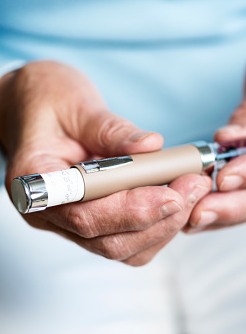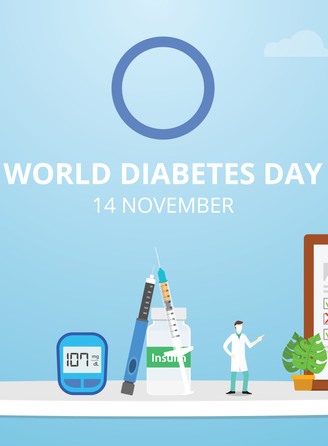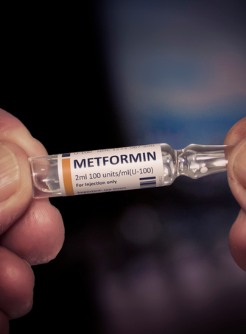Metformin Linked to Early Risk of Anemia; Reasons Unclear
By Brenda L. Mooney
October 20, 2020
Use of metformin for type 2 diabetes is known to decrease the levels of vitamin B-12, which traditionally has been blamed for causing anemia in some patients. However, a new UK study published in Diabetes Care questions whether that is a complete explanation.
University of Dundee researchers sought to evaluate the association between metformin use and anemia risk in type 2 diabetes, as well as the time-course for that. For their randomized controlled trial (RCT) using real-world population data, anemia was defined as a hemoglobin measure of <11 g/dL. 
“In this study, including data from two randomized controlled trials, […] we have shown that metformin consistently causes an early reduction in hemoglobin and increases rates of moderate anemia,” the authors write. “The absolute hemoglobin reductions are not large, although this does translate to a large increase in moderate anemia rates, with an overall effect in the real-world population study of a 2% increase risk of anemia per year per 1 g per day of metformin.”
In the A Diabetes Outcome Progression Trial — ADOPT, involving 3,967 participants — and UK Prospective Diabetes Study — UKPDS, involving 1,473 participants — researchers used models to track anemia risk and change in hematological parameters. In an observational study, Genetics of Diabetes Audit and Research in Tayside Scotland (GoDARTS), which involved 3,485 patients, the focus was on the effect of cumulative metformin exposure on anemia risk.
Researchers point out that, in ADOPT, for use of metformin compared with sulfonylureas, the odds ratio (OR) (95% CI) for anemia was 1.93 (1.10, 3.38) for metformin and 4.18 (2.50, 7.00) for thiazolidinediones. The UKPDS compared metformin with conventional treatment involving diet and found a significantly high risk of anemia among the metformin group (OR = 3.40, 95% CI, 1.98-5.83) compared with sulfonylureas (OR = 0.96, 95% CI, 0.57-1.62) and insulin (OR = 1.08, 95% CI, 0.62-1.87).
As for timing, investigators determined that, in ADOPT, hemoglobin and hematocrit dropped after metformin initiation by 6 months, with no additional decline after 3 years. In UKPDS, hemoglobin fell by 3 years in the metformin group compared with other treatments.
The study points out that, by years 6 and 9, hemoglobin was reduced in all treatment groups, with no greater difference seen in the metformin group. Still, in GoDARTS, each 1 g/day of metformin use was associated with a 2% higher annual risk of anemia.
“Metformin use is associated with early risk of anemia in individuals with type 2 diabetes, a finding consistent across two RCTs and replicated in one real-world study,” researchers conclude. “The mechanism for this early fall in hemoglobin is uncertain, but given the time course, is unlikely to be due to vitamin B12 deficiency alone.”





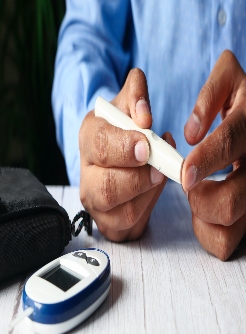






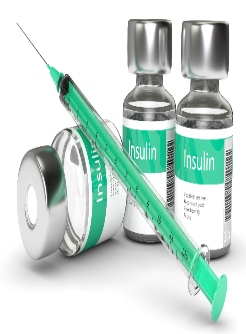


.jpg)





